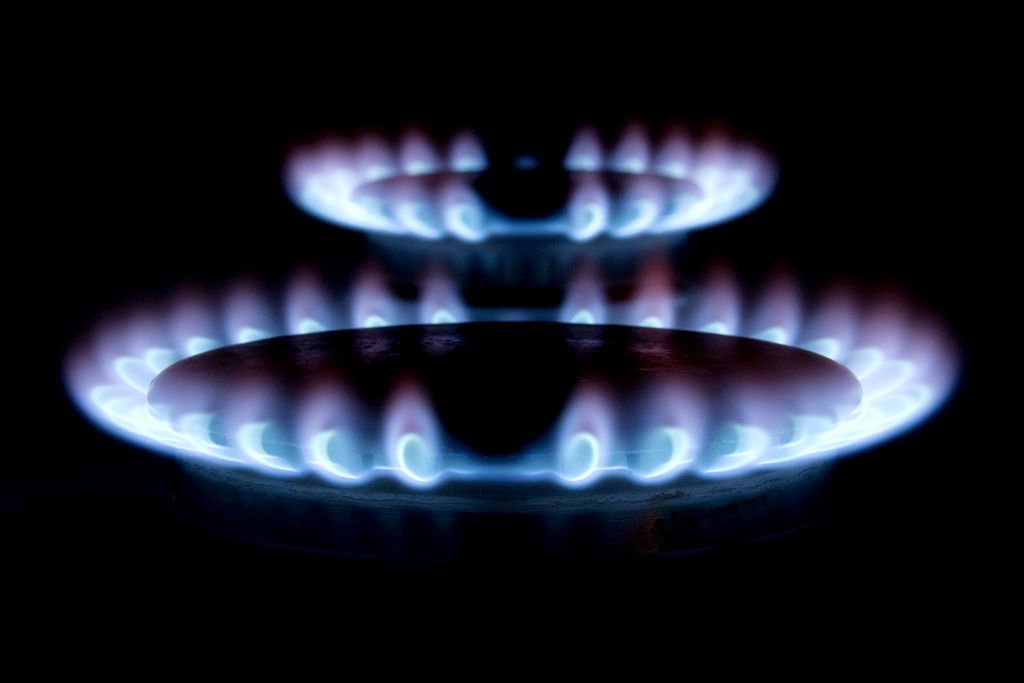The reason behind a recent rise in atmospheric methane has left scientists puzzled, but a new NASA study has explained the reason for this unprecedented spike and subsequent reduction.
The Methane Spike
Methane is a greenhouse gas and a main contributor to the issue of global warming. Considering the massive effects that global warming has had and will continue to have on our planet as the years go on, a sudden rise in the effects of methane is incredibly concerning.
Since 2006, emissions have been climbing at a rapid rate. Previous research teams have come up with potential estimates for the effects of two sources: emissions from the oil and gas industry, as well as microbial production in marshes and rice paddies. While microbial production is largely out of our control, methane emissions from the oil and gas industry continue to grow and are a major contributor to the catastrophic path of global warming.
However, when the estimates of both of these emission sources were combined, the number actually far outpaced the actual observed increase. Each emission source on its own was enough to cover the spike in methane levels, which had scientists scratching their heads as they searched for a reason that would explain why exactly we were experiencing a lower rise than we had expected.
A recent NASA-led study, led by John Worden from the organization’s Jet Propulsion Laboratory based in Pasadena, California, cleared the air of mystery surrounding the rise and offered an explanation that would explain the bizarre findings.
Explaining The Reduction
Worden and his team focused on fires around the world, because they’re changing alongside the reduction in emissions. The areas burned by fire each year decreased around 12 percent between the early 2000s to a recent period ranging from 2007 to 2014. It would make sense, then, that the reduction in fires would match up with the reduction in methane gas worldwide. When the researchers used satellite measurements of both methane and carbon monoxide, it turned out that the decrease in methane was actually twice as much as scientists had expected. Considering that the combination of oil and gas emissions and microbial activity was nearly 100% higher than expected, the increase and decrease now balance out.
The study results were published in the journal Nature Communications and finally offers an understanding of why we saw a spike followed by an unexpectedly large reduction in the quantity of atmospheric greenhouse gas. While it’s encouraging that we’re seeing less methane from fires around the world, this research also reconfirms the damaging effects that the oil and gas industry are having in terms of greenhouse gas.
While there’s pressure from many environmental organizations to reduce our emissions, it’s clear that both businesses and governments are driven by profit. It’s important not to allow this new knowledge to cloud perceptions over the damage that methane continues to do in our environment. While a reduction in fires worldwide has lowered the methane being pumped into our atmosphere, we’re still on a slow but steady path to a dangerous future if we don’t keep our emissions in check and take better care of our environment.





